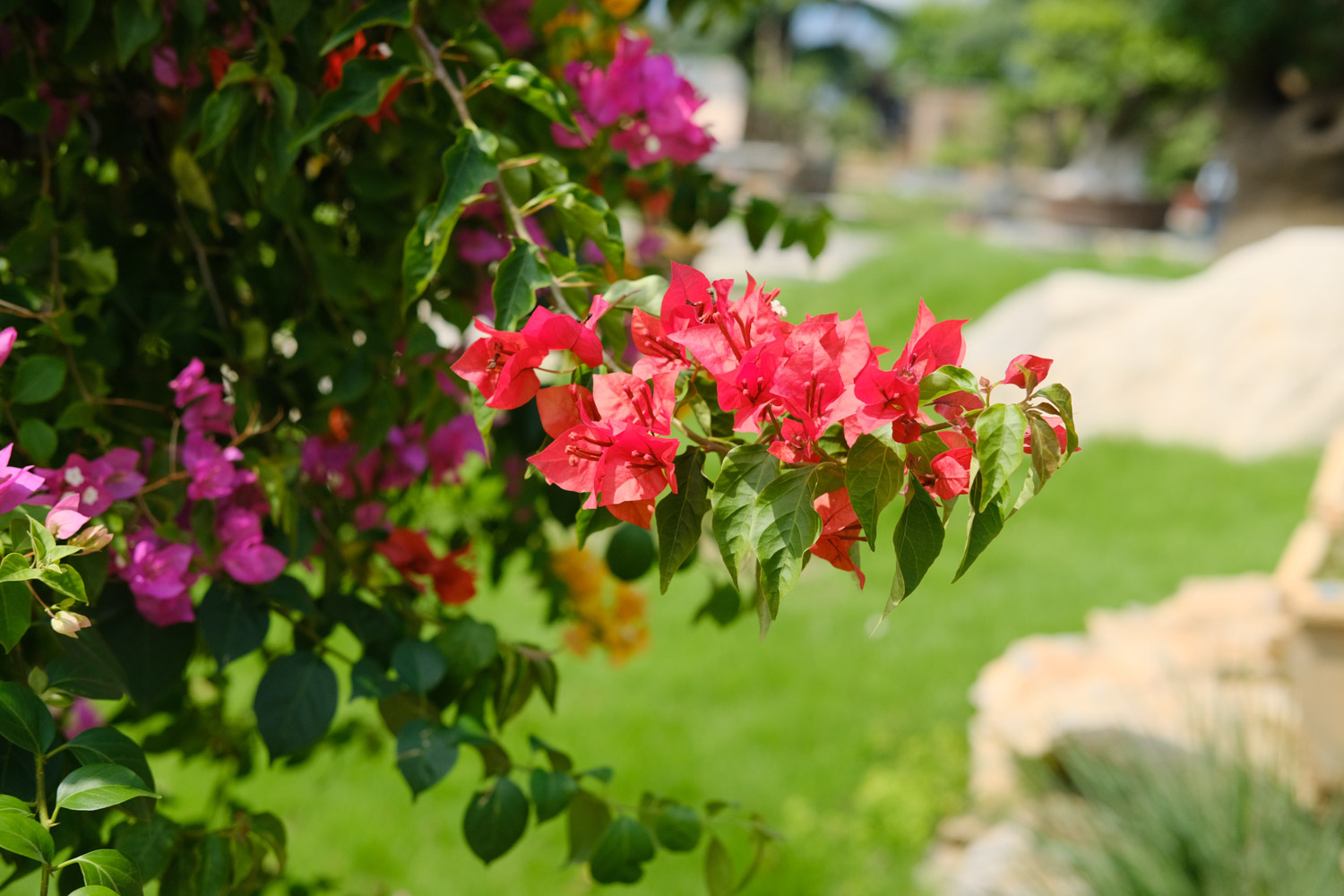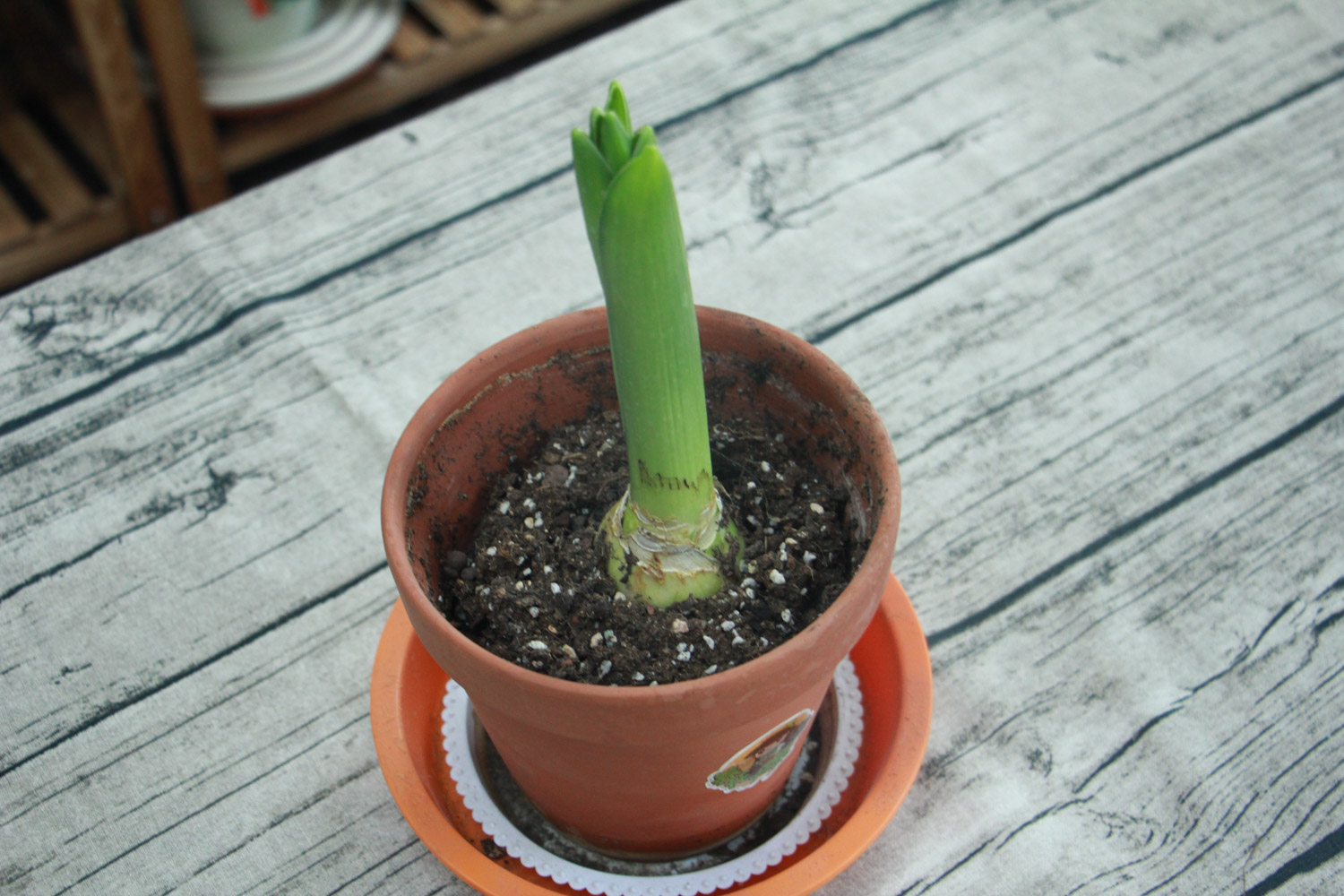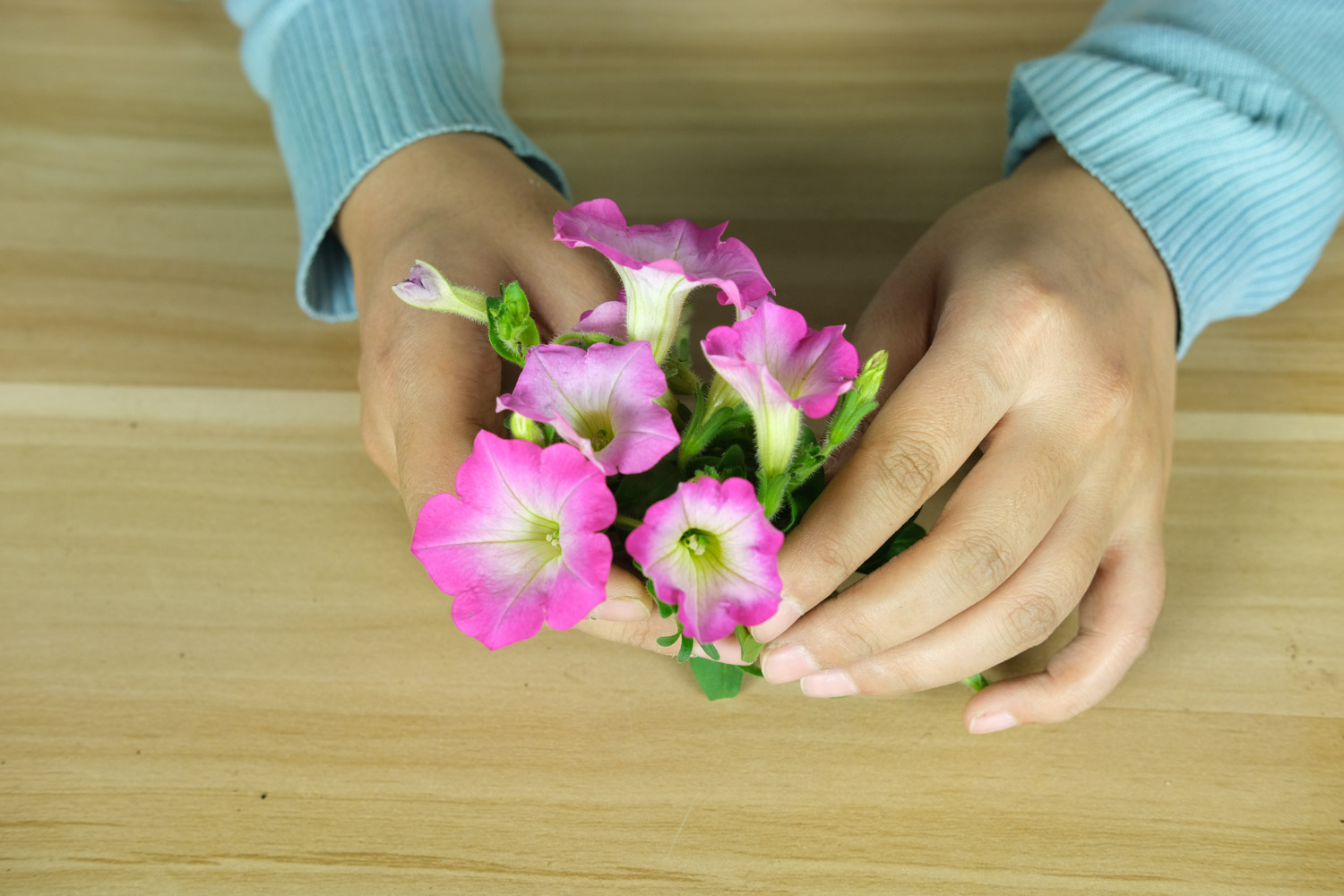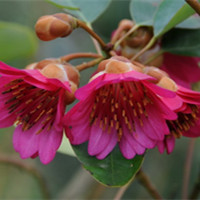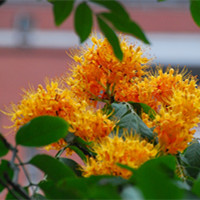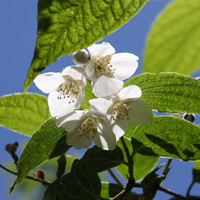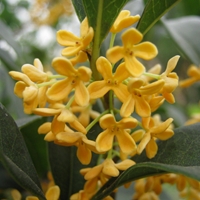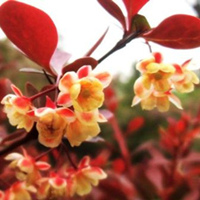berberis thunbergii
Berberis, a common ornamental plant in the north, has a bright color. It is very different from other small shrubs in the north.
berberis thunbergii introduction
Berberidaceae
Berberis of BerberidaceaeBerberis amurensis alias
Berberis amurensis, Latin scientific name: f. atroputpureaDistribution area of Berberis amurensis
is native to Japan, south of Northeast China, North China and Qinling Mountains. At present, it is cultivated in major cities in China. It is a very good garden ornamental shrubMorphological characteristics of Berberis amurensis
Berberis purpurea is a deciduous shrub with clumps of branches and leaves. The young branches are purplish red and the old branches are grayish brown or purplish brown. The stem surface is prickly and grooved. The leaves are small obovate, the color of the lower surface of the leaves is slightly light, clustered on the short branches, and the color is gorgeous. The flowers are solitary or 2 ~ 5, in short racemes, with yellow petals and red halos on the edge. It usually blooms in April, and the fruit ripening period is from September to October. The fruit is red and ovalGrowth environment of Berberis amurensis
Berberis amurensis has strong adaptability. It likes light environment, but it is also resistant to semi shade. Some leaves will turn green in the environment with poor light or when the plant density is too high. It likes cool and humid environment and is not resistant to water logging. Berberis amurensis is resistant to cold, but is not afraid of hot and high temperature. It has strong sprouting and pruning resistance. It can adapt to all kinds of soil and grow better in fertile, deep and well drained soilGarden Application of Berberis amurensis
Berberis purpurea has yellow flowers in spring and red fruits in autumn. It is an ornamental flower and tree with good leaves, flowers and fruits. In gardens, it is often matched with evergreen trees for block color layout, which is very common in northern cities. It is generally planted in the corner of the road, bordered by large flower beds, or cut into a spherical symmetrical shape, or dotted among rocks and poolsberberis thunbergii planting and maintenance skills


